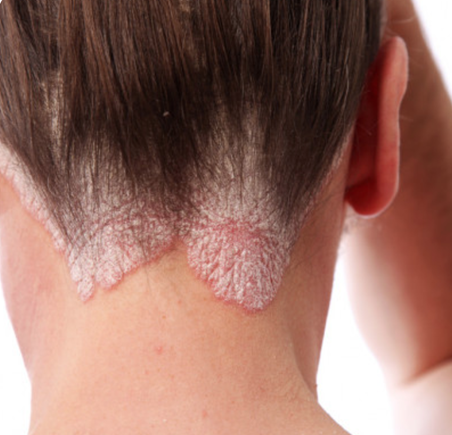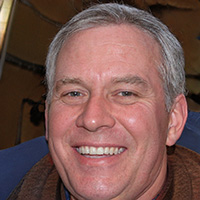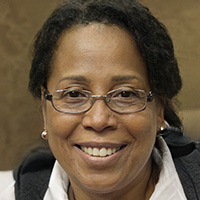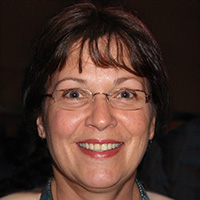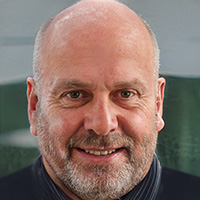Table of contents
Psoriasis: what it is, most common locations and treatment. Although the disease usually manifests itself before the age of 40, many of our older adults have not received any treatment to control and alleviate it. When they go to the doctor for treatment, we are facing an advanced chronic psoriasis and limits in many facets of their daily lives. Faced with this, the doctor explains that today there are new therapeutic options that they did not know. (Because when they started the disease probably did not exist yet).
In our purpose to publicize psoriasis as a common health problem in older adults, we tell you the most important aspects of it:
Psoriasis: what it is, most common locations and treatment
Psoriasis is an inflammatory skin disease that behaves very differently in each patient. In some patients, it can remain permanently and in others it can manifest itself intermittently (even disappearing for years).
This condition produces the acceleration of the life cycle of skin cells. This causes them to accumulate rapidly on the surface of the skin. Such excess cells trigger the characteristic symptoms of this disease:
Red and flaky spots.
Dry and cracked skin that can even bleed.
Itching and burning.
Pain in the affected areas.
Inflammation and stiffness in the joints.
The cause of psoriasis is unknown. What we know so far is that although it is not a hereditary condition, there is a genetic predisposition to suffer from it. Also, there are different environmental factors that can trigger the manifestation of psoriasis in people who already have it, as they are:
Infections (tonsillitis).
Emotional stress.
Certain drugs.
It is necessary, finally, to emphasize that psoriasis is not, in any case, a contagious disease. There is no doubt about it: it is an inflammatory disease, not contagious.
Most common locations of psoriasis
Psoriasis nails
Nearly 50% of patients with skin psoriasis suffer from nail psoriasis. In it, both nails and fingers and toes are affected. It can also affect a single nail or those of all the fingers.
At a visual level, the most characteristic effect is the yellow-orange spots (known colloquially as oil spots).
Frequently, the nail becomes detached from the flesh and becomes soft and brittle, leaving it more exposed to fungal infections. In the most serious cases, the nail can be lost completely.
Psoriasis in the nails is often complicated to control and manage, since it is located between the nail and the top layer of skin. An area that is difficult to access. At the same time, it causes pain and great permanent discomfort, and can severely limit the daily life of the person who suffers it.
The treatment that our older adults should follow to control and stop the psoriasis of the nails will focus on reducing the inflammatory mechanisms. The most common medicines the topical ones based on corticoids and retinoids.
Psoriasis on the head
Psoriasis on the scalp can appear in both mild and severe forms. In the first scenario, the patient will only have rashes similar to dandruff or light flaking. In the second, thick red plaques will appear that can cause itching and pain.
As for the appearance of the plaques, they are well defined and covered with silver flakes, being usually located at the limits of the scalp and ears (both inside and around them).
Like other types of psoriasis, this can arise from outbreaks. These produce periods of the disease in which the patient does not suffer any symptoms and others in which they arise with vehemence.
To mitigate the effects of these outbreaks, treatment will consist of two aspects. Topical corticosteroids to provide when the outbreak occurs and a maintenance treatment (consisting of special shampoos and lotions).
Psoriasis hands
This type of psoriasis is characterized by the appearance of round and oval plaques on the hands. It can also arise in the form of yellowish pustules.
As a result of this rash, the skin becomes dry, swollen and thickened, and can reach, in the most severe cases, to bleed and cause intense pain. In order to prevent the disease from progressing to this more serious stage, early detection is especially important.
As for the main treatment of psoriasis on the hands, this consists of both topical and oral drugs, among which the use of steroid creams stands out.
If this psoriasis occurs on the palms of the hands or feet, it is called palmoplantar pustulosis.
Psoriasis on the face
This type of psoriasis is less frequent than the previous ones. In this area, the psoriasis is manifested with desquamations, especially around the sides of the nose, eyebrows and, sometimes, may extend to the forehead and temple. In the case of men, the affected area is usually the beard.
Psoriasis on the face may arise suddenly in times of cold, tiredness or great stress.
In the handling of this type of psoriasis, it must be borne in mind that the skin of the face, for its delicacy, is more complicated to treat than other areas of the body. The topical treatment received by our older adults should always be endorsed by the specialist, as it can trigger various side effects.
Psoriasis in gout
Gutta means “gout” in Latin, so it is also called guttata psoriasis. It affects mainly children and young adults.
It is a type of psoriasis in which small red spots appear suddenly in the form of tears on the arms, legs and middle of the body.
Usually appears after a bacterial infection, such as strep throat.
People with guttate psoriasis may have a single outbreak that disappears on its own or may have repeated episodes.
For these cases, the type of treatment that the specialist will prescribe has the main objective of eliminating the skin lesions.
Psoriasis elbows
As in the previous areas, the same effects of psoriasis can be triggered in the elbows. In fact, being an area of friction (with clothes, when moving the arms, when practicing any activity … etc.). Is one of the most common parts of the body where psoriasis arises.
As a consequence, the afflicted person will have well-defined red plates on his elbows that can measure from a few millimeters to several centimeters in diameter.
Inverted Psoriasis
Also known as flexural or intertriginous psoriasis, this is a type of psoriasis that affects, almost exclusively, the areas of the body where skin folds occur (armpits, groin, ears, buttocks and navel).
The lesions that inverted psoriasis causes are red and well-defined plates, which become eczematous and moist. As a result of constant friction that occurs in these areas, these plates can grow and become exudative plates in which there is an annoying sting.
Psoriatic arthritis
10% of patients with psoriasis on the skin have psoriatic arthritis.
It is a type of chronic inflammatory disease in which the main symptoms are pain, stiffness, swelling and redness of one or more joints.
Although psoriatic arthritis can occur in different parts of the body, the most common area is the hands. In this case, it is called dactilitis and, by significantly affecting the fingers, can cause an acute and permanent disability.
Psoriasis treatment
Psoriasis has no cure, but its effects can be relieved.
In the visit to the doctor, he will analyze the symptoms that the patient has and will determine the type of more effective treatment for his state.
In order to improve the quality of life of older patients, there are many treatments of different nature. The most appropriate includes topical corticosteroids and topical vitamin D analogues.
When symptoms subside, the frequency of application of established treatment is reduced or changed to maintenance treatment (psoriasis creams) to minimize the side effects of these medications (such as local atrophy or stretch marks).
For more information regarding how to treat psoriasis please visit this site.
Managing psoriasis
In order for our older adults to face the day to day in the most appropriate way, we end this entry by exposing several practical tips to follow:
Avoid contact with chemical agents.
Do not apply products that dry the skin more.
Do not wash with very hot water.
Take advantage of the natural hydration of the shower or bath.
Avoid friction in the affected areas.
We hope that this guide from Nomenial has been useful.
